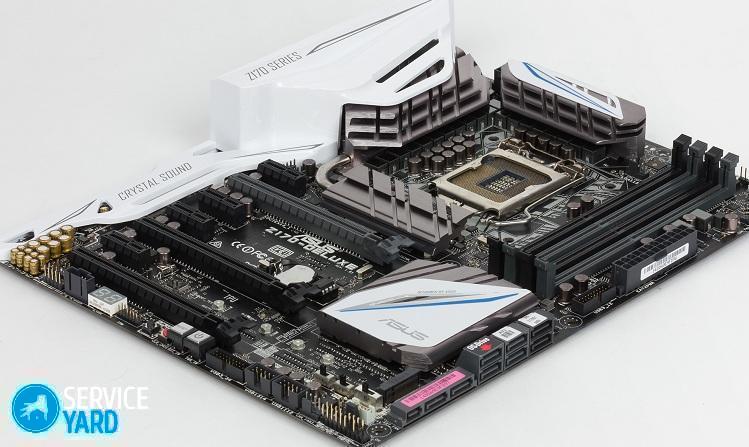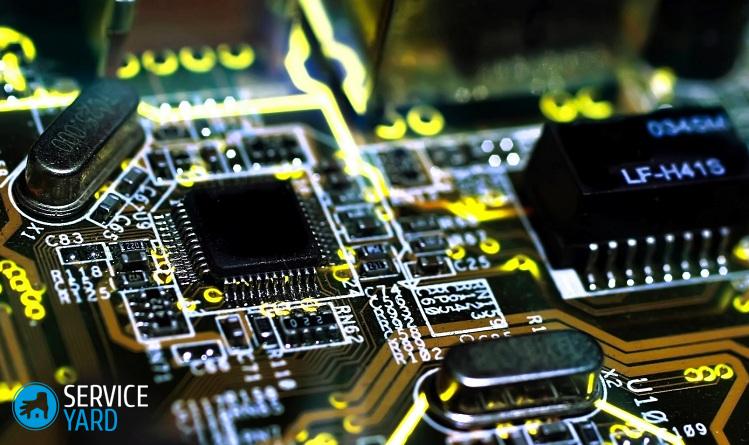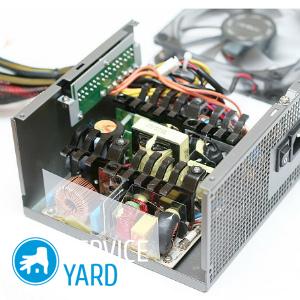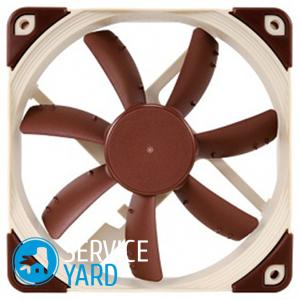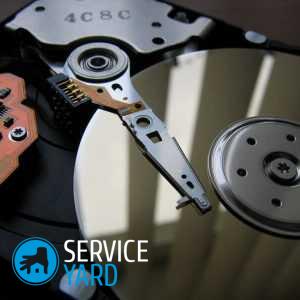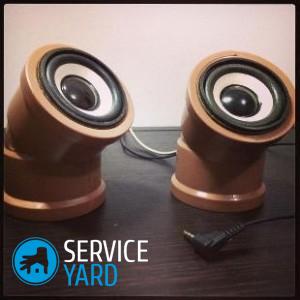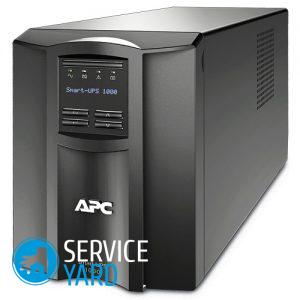How to choose a motherboard for a computer?

Assembling a personal computer device on your own, few people are interested in how to choose a motherboard. This component, like the power supply, is not able to affect the system performance. Therefore, many users do not take into account the main nuances. Ready-made solutions that are represented by various assembly companies also do not pay attention to this module. To attract a low-cost customer, such computers are often equipped with budget “motherboards” and have a minimal set of interfaces. Whether this is correct, how to choose a motherboard for a computer - we will talk about this in this article.
to contents ↑Computer motherboard - how to choose?
First, let's start with important technical criteria to understand which parameters are responsible for what.
Stage 1: Form Factor
Standardization is a great blessing in the modern world. The time is left in the past when each computer technology company tried to develop its own interfaces and standards. For about 20 years, the ATX standard has been present on the computer equipment market, due to which the principles of PC layout are strictly described, power supply circuits are adjusted and the format of computer equipment is determined.
Before choosing a motherboard, you need to decide whether to select it for a specific case or after choosing a motherboard a case will already be purchased.
Important! Very often, users ask questions regarding the selection of high-quality components for the PC. You can find answers to some of them in our articles:
Selection of the format according to the type of case
If you opted for a specific model of the case or purchased a motherboard to upgrade an existing personal computer, the capabilities of the tower have some limitations:
- Some gaming models, which include the Big Tower and Full Tower, are equipped with the functionality to support all motherboards for non-server standard computers.
- Basically, home PCs that support the Midi Tower format are perfectly combined with the motherboard with the ATX frame size, as a rule, there are no problems in this case.
Important! At the same time, HTPC, as well as Mini Tower and other compact computers that serve the purpose of a home multimedia center, or thanks to which significantly saves desktop space, require the use of compact motherboards. Which manufacturer option to use for them depends on the manufacturer. As a rule, in Mini-ATX boards, compared to full-size boards, differences are observed in the heights of 28.4 and 30.5 cm and in the width of 24.4 versus 20.8 cm.
How to choose a Micro-ATX motherboard?
Micro-ATX motherboards are components that are used for a compact system unit. When choosing them, special attention should be paid. Such markings very often sellers designate two types that are completely different in overall performance: Flex-ATX and Micro-ATX.
Both have almost the same height of 22.9 cm and 24.4 cm, but differ in width 19.1 cm versus 24.4 cm.
Important! Sellers designate many “flex” format boards as “micro”, but very often square boards do not fit with small PCs.
In addition, there is an ITX format that differs from ATX in the location of external connectors and a much smaller size. It depends on the case which type of motherboard to choose - ITX or ATX.
Important! When upgrading a media center, it is preferable to use a ruler to measure values and compare them with the reference values in Wikipedia.
Stage 2: processor socket
The central processor is the main “core” of a personal computer device. It is on him that he needs to pay attention. After the format, it is important to consider the central processor for choosing the motherboard for the computer:
- AMD is trying to adhere to this condition, as the FM2 + socket is able to support FM2 processors, and the AM3 + socket is backward compatible with AM3 processors. Only AM1 should have strict compatibility with the central processor of its own line.
- Intel has a slightly different situation - each new generation uses a new socket. Small design changes of the processor for socket 1150 do not allow the motherboard to work with 1151, and the central processor on socket 1156 is not suitable for the 1156 board.
Important! The processor completely dictates which motherboard to choose. AMD is much simpler in this situation, and in the case of Intel it is not possible to easily “pump” the PC.
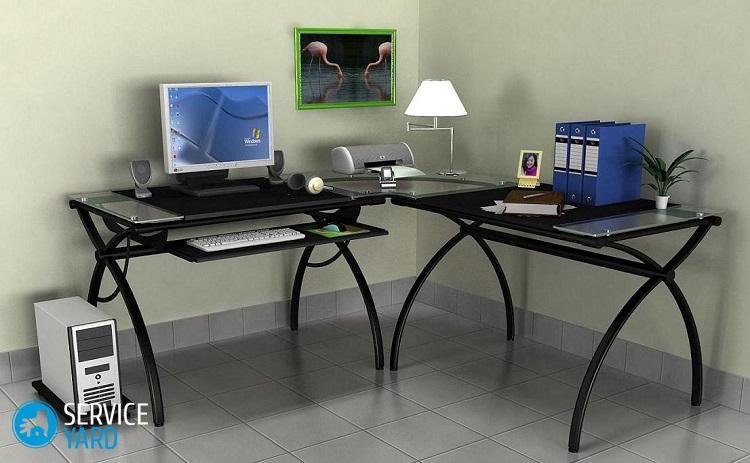
CPU support chipset
It is important to pay attention to both the type of socket and the official specifications of the board. So, even with a compatible socket, there may be limitations that are affected by the chipset and features of the power system implementation. So:
- Some motherboards are not able to support the central processor, which has a power consumption of more than 100 watts.
- Other motherboards are not able to function with the new central processors that were released after the release of the board.
Important! In this case, the BIOS is not able to recognize which processor is in the slot, and requires updating.
Stage 3: memory
The type of supported memory also affects the choice of motherboard option:
- At AMD, the choice is again made easier, since the processors of this manufacturer, except for DDR3, are not able to support other RAM standards.
- For Intel 6000 series, DDR4 generation RAM is recommended.
Important! Some manufacturing companies offer support for both standards, while there is no possibility of simultaneous operation of different bars. Therefore, when upgrading, it is better not to add new slats to the modules of the old model, it is more advisable to install new DDR4.
How many slots do you need for memory?
The number of memory slots is affected not only by the needs of the user, but also by the form factor. It is very difficult to purchase a Flex-ATX motherboard with two or more slots, despite the fact that the budget range is represented by a large number.
In this case, you can purchase RAM with a margin, for example, 2 modules with 16 GB each. And you can buy a 16 GB bracket, while the second slot may remain empty.
Important! If you need a large amount of memory, and the PC case is not limited by the size of the board, it is preferable to purchase a motherboard with 4 or more RAM slots.
Stage 4: SATA connectors
Before choosing a motherboard for your computer, you need to decide whether you plan to upgrade. It is also important the number of disk drives to be installed.
Not so long ago, manufacturers installed two SATA-connectors on budget boards, now some developers look into the past and equip their boards with just a couple of sockets that belong to outdated second-generation SATA models.
Here are some things to keep in mind:
- Such speed is quite suitable for traditional hard drives, since the HDD models of home personal computer devices are not able to fully load the outdated SATA, which offers 150 Mb / s.
- And for SSDs with 600 Mb / s, SATA3 is usually not enough.
Important! For a modern PC, the minimum is 4 SATA ports:
- one slot serves for a system SSD;
- the second port is occupied by the hard drive on which the files are stored;
- the third connector may be needed to install an optical drive, although DVD discs are less and less used, but they have not lost their relevance;
- the fourth slot can remain free to upgrade if you suddenly need another HDD.

Stage 5: expansion slots
Currently, all modern motherboards are characterized by equipping with a full-sized PCI-Ex16 slot, which is designed to install a video card. Only ultra-compact ITX boards do not have such a possibility, as they are designed to use a central processor with integrated graphics, for example, AMD A or Intel Atom series.
If later it is planned to use the capabilities of two video cards, then this requires the location of two slots for them. In this case, the MP chipset should have the function of supporting SLI or CrossFire technology, which is affected by the manufacturer of the graphics card.
In addition to video cards, PCI-E slots reduced to the corresponding x1 or x4 size are characterized by the use in TV tuners, high-speed SSDs with a suitable interface, sound cards and other expansion cards.
Important! You can still find devices on the older PCI bus, although they are becoming obsolete. If you install a video card that has a dual-slot cooling system, which is inherent in many gaming models, you need to check the availability of neighboring PCI-E x16 expansion slots.
Stage 6: USB
USB is currently the most requested interface among wired data transfer standards. Thanks to the USB interface, they connect a keyboard, mouse and other peripherals, removable drives, photo-video camera, smartphones, tablets, webcams, and many other devices.
All home PC motherboards are equipped with USB ports. The differences are the protocol of the supported generation and the number of connectors:
- The rear panel is equipped with from 2 to 12 such sockets, although many are of the older generation.
- More modern USB 3 has differences, which are characterized by blue and red instead of black.
- The internal connectors designed to output ports to the front of a personal computer device may be present from 2 to 12, on specialized boards there may be even more.
Important! If the PC case is equipped with USB3 sockets, then before choosing the motherboard, you should make sure that there is an internal terminal block of the contacts that are on board A. In addition, if you also plan to use an additional panel that needs to be installed in the drive slot, then At least two USB3 pads per MP.
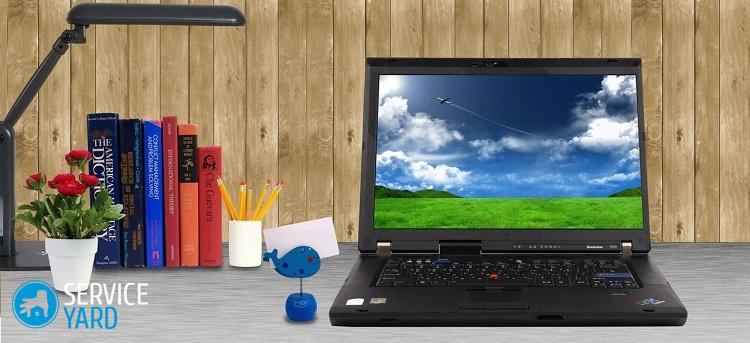
Stage 7: cooling and cooler compatibility
In their models, manufacturers use a compact version of radiators, the use of which can improve heat dissipation from the south bridge, power circuits and other critical nodes. Such radiators may not always be compact.
Important! Radiators are justified in cases of planning experiments with acceleration, or if it is necessary to apply intensive operation of a computer device. In this case, it is recommended to give preference to models equipped with cooled elements.
Sometimes situations arise when the use of additional radiators can turn into unpleasant moments:
- If the PC is equipped with a massive tower cooler in the form of Noctua NH-D14, then malfunctions can occur due to the fact that the standard MP cooling system, namely its protruding elements, can interfere with the installation of the radiator.
- Exactly the same situation arises with memory sticks or video cards, which are closely arranged on Flex-ATX boards.
Important! Starting to choose a motherboard, you should consider the need for an additional cooling system:
- Cases that have backlighting, transparent walls and other molding elements are very often equipped with auxiliary fans. They can only be connected if there are 3-pin connectors on the board.
- For the functioning of the fans on the MP should be about 3-4 of these connectors.
We recommend that you additionally familiarize yourself with the information that will be useful to you during the assembly work. Read step-by-step instructionshow to install the fan in the computer case.
to contents ↑Which motherboard to choose? General recommendations
The task of choosing a motherboard is individual and does not have a specific solution, since the choice depends on the individual needs of each consumer.
With a gaming PC, there will be one choice, for the office equipment the motherboard will be different, for the multimedia device the third option is chosen.
Consider the general recommendations for choosing a motherboard:
- It is not necessary to purchase a cheap part, as the rejection of the necessary functionality is an irrational choice. First you need to decide on the necessary parameters - memory type, socket, list of interfaces and the number of slots, and after that, choose the most optimal option from the appropriate criteria.
- For a new computer, first they pay attention to functionality and only then to sizes. So, when assembling, first of all, they select the best option for the motherboard, and then choose a compatible case.
Important! Assembling a gaming system on the chassis of a compact-sized media center leads to low reliability, as there is constant overheating and tight layout.
- You should not overpay and opt for motherboards with “Game”, “Top”, “Ultimate”, “Super” prefixes, which are designed for “geeks” for office and multimedia computer devices, as this is irrational, as well as getting a cheap option Flex-ATX MP for Intel Core i7-6700k, which requires overclocking. Performance will improve by only a few percent, funds will be spent on unused functionality, such as the purchase of 3 PCI-E x16 slots or the use of advanced options to overclock the central processor.
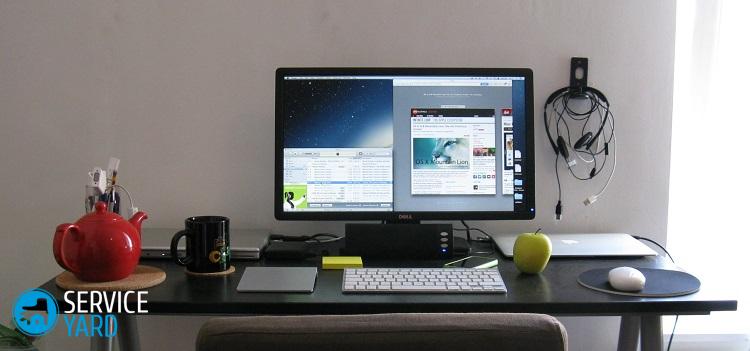
Which motherboard to choose for specific purposes?
Before choosing a motherboard, we recommend that you familiarize yourself with the following recommendations.
Important! For whatever purpose you choose a motherboard, do not forget to purchase an IPB, which will help keep your equipment from breakdown during power surges. Find out all abouthow to choose a UPS for computer.
Gaming PC:
- In the case of a gaming PC, you need to pay attention to full-sized ATX boards that have full functionality.
- If there are no budget restrictions, then for assembly on Intel choose Gigabyte GA-X99-UD4, which are suitable for processors on socket 2011 or MSI Z170A GAMING M7 (1151).
- For the budget version of a gaming computer, GIGABYTE GA-B150-HD3 DDR3 is used.
- On AMD, if performance is important, then you should pay attention to the ASUS SABERTOOTH 990FX R2.0. For a high-quality and slightly economical option there is a GIGABYTE GA-970A-UD3P. These boards have an AM3 + socket and the ability to support FX series processors.
- Also worth paying attention to the FM2 +. A-series processors are ideally designed for the GIGABYTE GA-F2A88X-D3H.
Important! When buying a new monitor or laptop, most buyers are faced with the problem of choosing which screen is better. Browse the comparative review to knowmatte or glossy buy monitor.

Office pc
For an office PC, gaming abilities are not particularly important:
- In this case, the Flex-ATX and Micro-ATX boards are the best option. The existing rule: the smaller the number of nodes in the system, the more reliable it is - it is quite relevant.
- Intel's office computer is designed for the MSI H170M PRO-VDH D3, the choice of which is the best option for the motherboard. It is characterized by 4 USB3 ports on the rear panel, the ability to support the latest models of processors of the Core 6000 series, 4 memory slots and the presence of all three connectors, such as VGA, DVI and HDMI, which connect the monitor.
- AMD uses a board on an FM2 + ASUS A88XM-A socket for an office computer, which has similar properties.
Multimedia pc
A multimedia computer is often used together with a home theater or television, and therefore, it needs a compact body. To limit the noise effect, you can use energy-efficient components that do not require powerful cooling.
AMD uses the MSI A88XM-P33 for this purpose, Intel uses the GIGABYTE GA-H110M-S2V DDR3.
to contents ↑Important! If you choose a multimedia PC, an article will also be useful for you. "TOcomputer shreds. "
Stock footage
Now you need to understand the full meaning of the motherboard, it will be much easier for you to choose it if you listen to the tips from this article.



